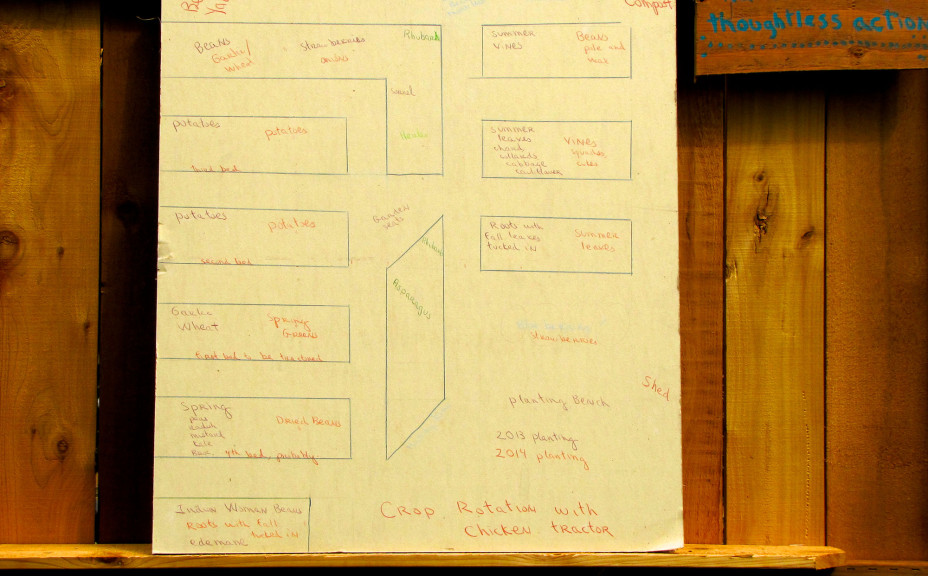Toward a more self-reliant community-focused lifestyle
Charlyn Ellis (and her partner Mark) had certain requirements in mind when looking for their new home almost 20 years ago. Among her top concerns besides price, it had to be well built and have a yard for a compost pile. Hardwood floors and basement would also be “nice”.
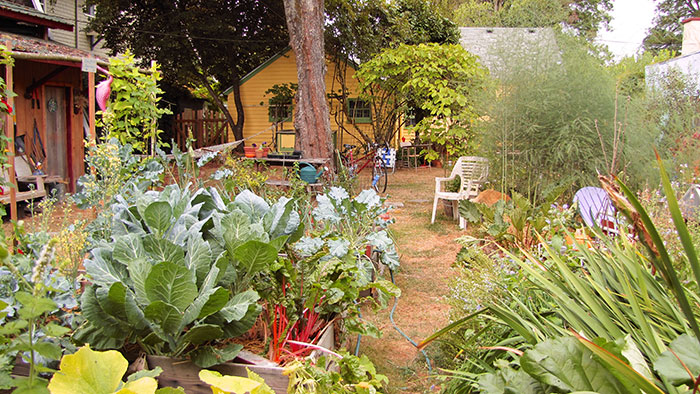
When they found the house that met their criteria, they jumped on it. It became their home in Corvallis, Oregon that she calls the “21st Street Urban Homestead” (it’s also the name of her blog where she writes about her daily experiences).
Despite her native interest in gradually becoming more self-reliant, Ellis, a school teacher who holds a degree in History, also studied food and material culture and housing. She is quick to point out the popular myth about the wholly stand-alone individual in society. Ellis argues that nowhere in American history were people able to be completely self-reliant. “This idea that you’re going to produce everything you own on your 40 acres is just false and it never happened”, says Ellis. We must rely upon and live cooperatively with others though it’s certainly possible—and for her, desirable—to strive toward greater self-reliance.
As an urban homesteader—she was chosen in 2012 as 1 of 7 “Homesteaders of the Year” by Mother Earth News, a popular lifestyle magazine. Growing one’s food is not only a way toward become more self-reliant, it’s also a way to combat climate change at the personal level. Water scarcity, peak oil and global warming are deep underlying concerns that fuel Ellis’s chosen lifestyle.
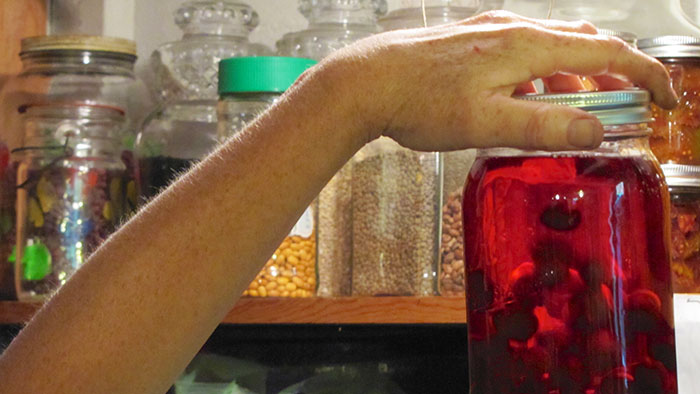
As Charlyn Ellis explains in the video, she grows a variety of fruits and vegetables on her property and tries to stay within a 100 mile radius of her home to meet her family’s year-round needs. Everything she grows is eaten on a daily basis: “the soft fruits, the herbs, the lettuces, [and] the greens”. In winter, she augments what she needs at other farms, her CSA and at the farmer’s market. Often she eats what’s in season because that’s when foods are fresh and local, and when they’re out of season—like apples from Chile, she feels they don’t taste as sweet, so she says “why bother”?
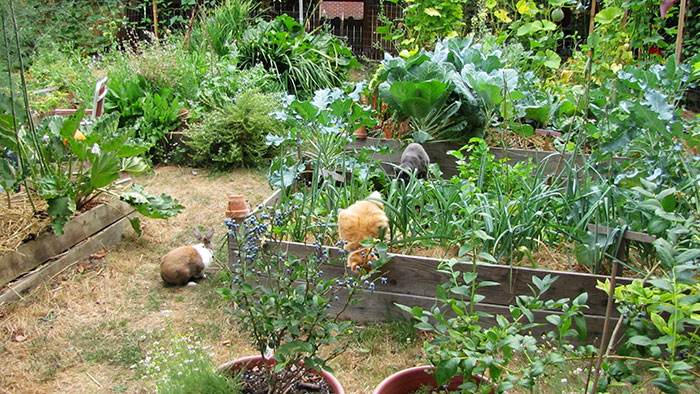
When asked about the amount of work to sustain a homestead lifestyle, surprisingly Ellis says, “In terms of the garden, there’s a couple of weeks right now of pretty intense everyday [work]. I need to be putting something in the dryer or canning something.” For the most part though, there are maybe 3 weeks of the year that require intensive effort on her part, after that, 15 or 20 minutes a day is all she requires to keep her garden in shape.
For those who think becoming an urban homesteader would be too daunting a task, Ellis suggests “just start small” and learn from your mistakes as you go along.
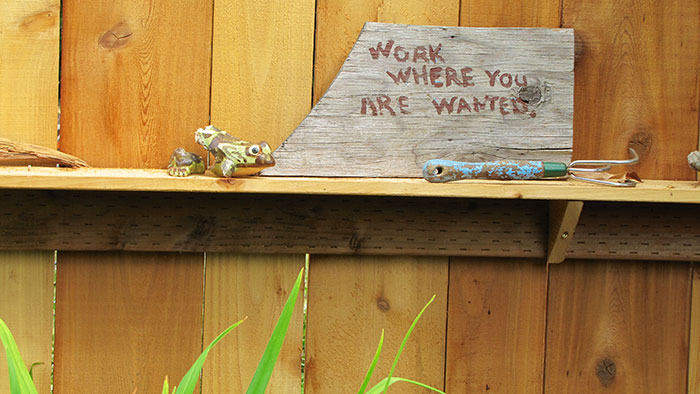
Most of the videos featured on Cooking Up a Story were produced, filmed, and edited by Rebecca Gerendasy. Fred Gerendasy contributed as a writer to many of the posts and occasionally as the interviewer. Visit Rebecca Gerendasy Clay – Art and Fred Gerendasy Photography to see their current work.

